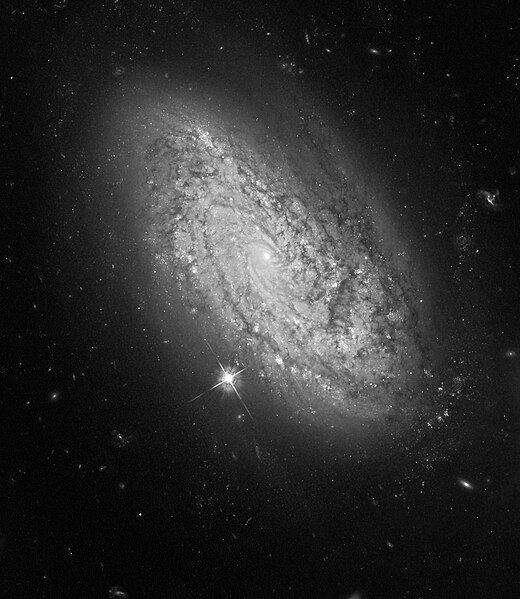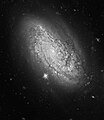Bestand:NGC 3021 Hubble.jpg

Grootte van deze voorvertoning: 520 × 599 pixels. Andere resoluties: 208 × 240 pixels | 416 × 480 pixels | 666 × 768 pixels | 888 × 1.024 pixels | 1.838 × 2.119 pixels.
Oorspronkelijk bestand (1.838 × 2.119 pixels, bestandsgrootte: 1,75 MB, MIME-type: image/jpeg)
Bestandsgeschiedenis
Klik op een datum/tijd om het bestand te zien zoals het destijds was.
| Datum/tijd | Miniatuur | Afmetingen | Gebruiker | Opmerking | |
|---|---|---|---|---|---|
| huidige versie | 1 jun 2009 01:42 |  | 1.838 × 2.119 (1,75 MB) | Friendlystar | {{Information |Description={{en|1=Less than 100 years ago scientists didn't know if the universe was coming or going, literally. It even fooled the great mind of Albert Einstein. He assumed the universe must be static. But to keep the universe from collap |
Bestandsgebruik
Dit bestand wordt op de volgende pagina gebruikt:
Globaal bestandsgebruik
De volgende andere wiki's gebruiken dit bestand:
- Gebruikt op ar.wikipedia.org
- Gebruikt op arz.wikipedia.org
- Gebruikt op az.wikipedia.org
- Gebruikt op be.wikipedia.org
- Gebruikt op ce.wikipedia.org
- Gebruikt op diq.wikipedia.org
- Gebruikt op eo.wikipedia.org
- Gebruikt op eu.wikipedia.org
- Gebruikt op fa.wikipedia.org
- Gebruikt op hr.wikipedia.org
- Gebruikt op kk.wikipedia.org
- Gebruikt op lb.wikipedia.org
- Gebruikt op mk.wikipedia.org
- Gebruikt op my.wikipedia.org
- Gebruikt op pt.wikipedia.org
- Gebruikt op ru.wikipedia.org
- Gebruikt op sh.wikipedia.org
- Gebruikt op sk.wikipedia.org
- Gebruikt op sr.wikipedia.org
- Gebruikt op tr.wikipedia.org
- Gebruikt op tt.wikipedia.org
- Gebruikt op uk.wikipedia.org
- Gebruikt op uz.wikipedia.org
- Gebruikt op www.wikidata.org

